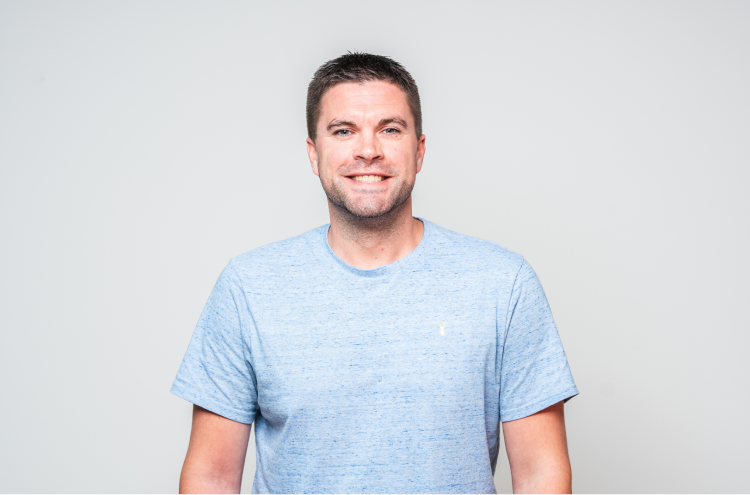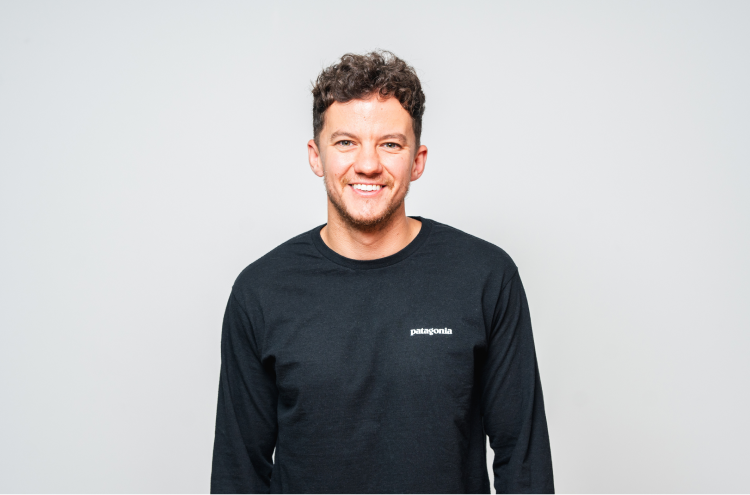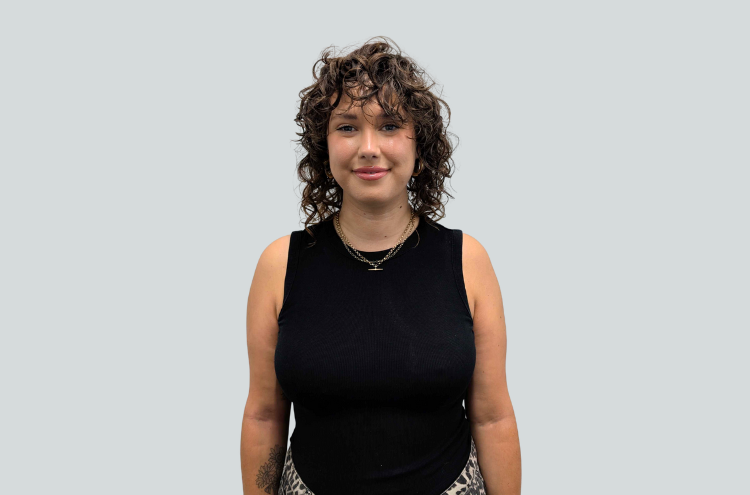What does an art director do?
An art director sets the visual direction for campaigns, branding, and product design. They lead design teams, oversee creative concepts, and ensure that all visuals meet business and brand goals.
Their responsibilities include briefing designers, reviewing work, aligning creative with strategy, and working closely with copywriters, marketers, or photographers. They often present work to clients or senior stakeholders.
In agencies, art directors shape creative across multiple accounts. In-house, they typically work within brand or marketing departments and help define visual standards company-wide.
Key responsibilities of an art director.
Art directors oversee the visual direction of campaigns, products, or brand identity. Their responsibilities typically include:
-
Leading the visual concepting process for marketing, digital, or editorial projects
-
Managing design teams and providing clear creative direction
-
Collaborating with copywriters, strategists, and clients to shape campaigns
-
Reviewing and refining design outputs before final delivery
-
Defining visual storytelling and photography or illustration style
-
Ensuring high creative standards and alignment with brand identity
-
Overseeing shoots, moodboards, and style guides where needed
-
Presenting creative work to stakeholders and managing feedback
-
Driving innovation across visual formats and touchpoints
-
Balancing creativity with business objectives and timelines
This role blends concept leadership with executional oversight and team guidance.
Skills and requirements for an art director.
Art directors oversee visual direction across brand and content work. Employers typically look for:
-
6–10 years of experience in graphic design or creative roles
-
Proven ability to lead campaigns and visual storytelling
-
Strong understanding of brand development and creative strategy
-
Experience briefing, directing, and reviewing design work
-
Skilled in translating concepts into consistent creative output
-
Confidence working with copywriters, designers, and photographers
-
Familiarity with motion, web, and multimedia formats
-
Ability to align visual direction with marketing or business goals
-
Strong stakeholder communication and leadership skills
Most art directors come from agency or brand backgrounds.
Average salary for an art director.
In the UK, the average salary for an art director typically ranges from £40,000 to £60,000, depending on campaign scope, concept ownership, and sector.
-
Mid-level art directors earn between £40,000 and £50,000
-
Senior art directors leading integrated campaigns or branding overhauls often earn between £51,000 and £60,000
-
Creative agencies and high-profile brands may offer bonuses or awards-based incentives
Salaries are strongest in London, Manchester, and international creative agencies.
Career progression for an art director.
An art director leads visual strategy across campaigns, ensuring creative alignment with brand and message. This senior role often progresses into department leadership. A typical path includes:
Graphic designer / visual designer
Produces visuals based on briefs and guidelines. Refines layout, typography, and imagery.
Senior designer
Takes ownership of complex projects and brand rollouts.
Art director
Leads creative ideation, oversees team output, and defines visual direction.
Creative lead / senior art director
Manages multiple projects and cross-functional teams. Aligns visual creativity with strategic goals.
Creative director
Owns the full creative vision across campaigns, branding, and communications.
Oracle Cloud Solutions Architect
Oracle Cloud Solutions Architect
Oracle Cloud Solutions Architect
Oracle Cloud Solutions Architect
salary guide
2026 UK creative & design salary guide.
As an art director, you lead creative projects and shape visual direction. But are you being rewarded fairly for your expertise?
Our 2026 UK creative design salary guide provides benchmarks for art director roles nationwide. With comparisons to 2025 and projections for 2027, it gives you a clear view of your earning potential at this level.

FAQS
Art director FAQs.
They shape the visual direction of campaigns and projects — overseeing style, tone, and execution. Art directors lead conceptual development and ensure that design teams deliver work aligned with the creative vision.
Yes — though more selectively. While their role is more directional, they often develop initial concepts, pitch boards, or key visuals. Day-to-day execution may be handed to designers.
Usually 6–10 years in design roles with strong campaign or brand experience. Many have worked across agency and in-house settings and have led multi-format projects with measurable impact.
They lead creative presentations, refine concepts based on feedback, and ensure the final visual output supports the client’s brand or campaign goals. Strong communication and pitching skills are essential.
Many progress to creative director or brand director roles, leading cross-functional creative teams and setting long-term brand vision.







